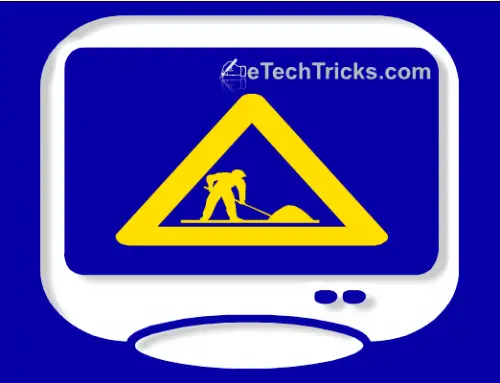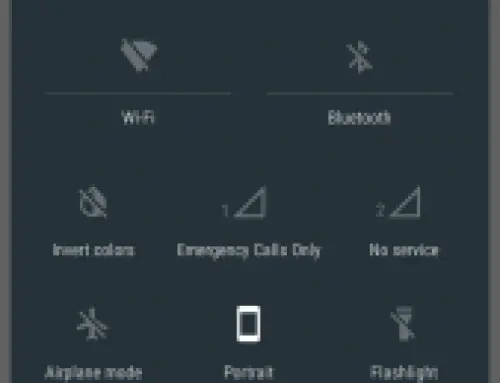How to Test Mobile Application Manually
How to Test Mobile Application Manually?
Testing a mobile application requires more effort than testing in a desktop system. Hence, this article can give you an overview of how mobile application is tested.
1. Operating System (OS) Version & Size
Testing in a particular OS version and screen size always plays a key role in mobile applications testing. As the behavior of the application may differ accordingly.
Most of the android application getting released now doesn’t support lower versions of Android like Ginger Bread, Honey Comb, Ice cream Sandwich and Jelly Bean. They all made to support for higher versions only like Kitkat, lollipop, marshmallow, Nougat.
See Also: Software Testing Guide for Beginners to Advanced
2. Operating System (OS) Upgrade
OS upgrade should be done based on client’s request. We should make devices available with all OS(recent to older), so that we can provide clients with wide variety of options to choose from, also our testing scope will be good.
iOS Upgrade (iPhone, iPad or iPod touch) – Link
Android Upgrade – Link
3. Build Version
Whenever you get a new build from developers make note of the build version released and also the release notes. The fixes given by them varies from build-to-build. It is mandatory to test the application in current build to find out valid bugs. Also keeping track of this build version will help in Test Summary Report at the end of testing.
See Also: How to Track a Cell Phone and Show the Exact Location
4. Sanity check – installing and Uninstalling App
Sanity check should be performed as soon as we get the app testing build. Sanity check should involve below activities:
Downloading and installing the app
Sign in/Sign up features
Giving a round check with all major features of the app
Uninstalling the app
If it’s web application, try launching the URL in different browsers
5. Force Close Issue
‘Force close’ is a showstopper issue with mobile testing. From end-user point of view, if he observes application force closing at any point of time, it will create a bad impact which can make him not to believe the application. Most importantly, the application that involves bank transactions should not ever “force close”. Application needs to be thoroughly tested to decide whether it force closes at any point of time.
See Also: How to Protect yourself from Cell Phone Radiation
6. Network Conditions
Considering mobile applications, testing in different network conditions becomes mandatory. In some cases, this testing is requested by clients themselves. The performance of any mobile app may vary depending on the network in which it is used. Hence make sure, the app works well in all networks. If not, report it immediately.
7. Alignment check (Especially for a RWD Design)
There will be more alignment issues faced with mobile application when compared to desktop system. This needs to be considered major if it is in “Home” page or other important flows. It can be logged as cosmetic/minor bug if its in other pages. But we should keep in mind that mobile of different screen sizes will have difference in alignment of pages of application. Hence the application needs to be tested in wide variety of screen sizes with respect to the alignment of pages.
See Also: How to Block Calls on an Apple iPhone
8. Orientations
Mobile and Tablet has two types of orientations – Landscape and portrait. There wont be a great difference between these orientations functionality wise but there could be alignment/cut-off/component not visible issues with this. Hence a mobile application need to be thoroughly tested in both orientations.
9. VPN Connectivity
VPN connectivity will be required if the application will be accessible only in a particular country. In that case, with client approval, we can use any VPN connectivity apps or client suggested apps to access the application.
Below are some of VPN connectivity apps,
I. TunnelBear VPN
II. OpenVPN Connect
III. Pulse Secure
Hope the above points will help you in performing better mobile application testing.
Please mention in below comment box if you have any additional points, also mention your feedback on the article.



thanks….